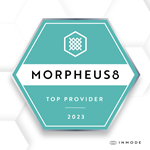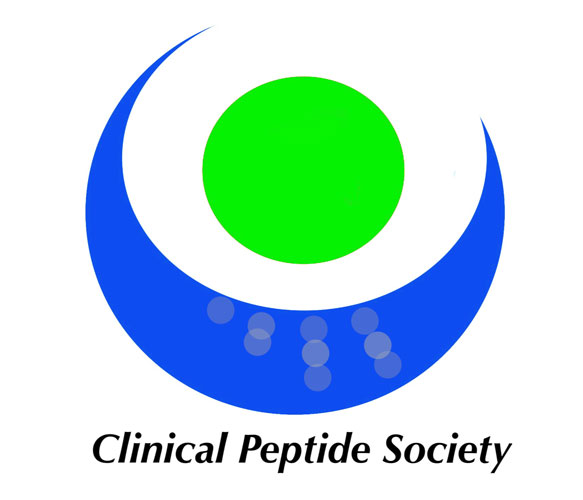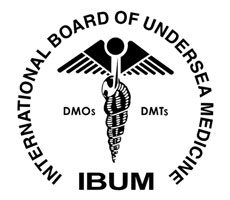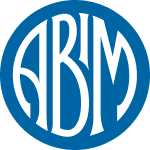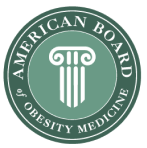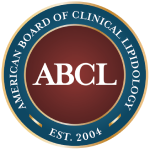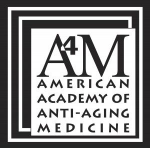The Power of Regenerative Medicine

Regenerative medicine attempts to repair damaged organs or tissue caused by trauma, congenital conditions, diseases, or injuries by utilizing the regenerative abilities of the body. This field of study employs tools such as tissue engineering, artificial organs, and medical devices. In some cases, these tools may be combined to enhance the natural healing rate.
In some cases, these tools may be combined to enhance the natural healing rate in delicate areas or fill in for a permanently dysfunctional organ. The study of regenerative medicine is still recent and has experts from different fields, including chemistry, biology, engineering, genetics, robotics, computer science and other related fields, working together to create solutions to the most problematic issues humans face.
In contrast to conventional medicine that concentrates on symptoms, regenerative medicine focuses on the body’s capacity to heal itself. When our body is injured or invaded by disease, our body automatically tries to fight and initiate healing. The question is, is it possible to channel this healing ability and accelerate the process in a beneficial way?
Why does this all matter?
The field of regenerative medicine holds immense potential because it could potentially restore damaged tissues and organs to their functional and original state. It can serve as an effective remedy for permanently damaged organs and lasting cures for previously incurable diseases and injuries.
There are a few facts that scientists already know, like the liver’s ability to recover back to normal size and the skin’s power to repair and regenerate. However, some organs and tissues do not have regenerative abilities. To get this ability, scientists must solve some puzzling questions, such as:
• What determines the ability of the cell?
• Why do certain tissues and organs have regenerative functions?
• Why don't certain parts of the body (heart, brain) with the ability to regenerate do so?
• What gives some animals the ability to regenerate complex body parts such as the heart or limb?
It is necessary to answer these questions to be able to find useful insight into the power of stem cells in restoring or replacing organs and tissues. The success of regenerative medicine largely depends on molecular and cellular elements at work.
Applications of regenerative medicine
The power of regenerative medicine can be applied in three major areas:
Self-repair
Coming from the blastocyst and responsible for growth, embryonic stem cells are pluripotent, which means that they can transform into any type of cell – muscle cell, blood cells, or nerve cell. When organs or tissues suffer damage, these pluripotent stem cells can initiate a repair, which could avert damage to important organs.
Organ growth
Organs can fail due to disease or injury, thus necessitating a transplant. There are not enough organs available to satisfy the demand and most patients die before the organ is available. Regenerative medicine aims to help the body generate new organs using patient cells and tissues. This will ultimately reduce organ demand and possible complications due to organ rejection.
Cellular therapies
As mentioned earlier, stem cells can help repair diseased or injured tissues or organs. Hopefully, they will one day function as a therapeutic way of treating diseases and genetic disorders such as leukemia.
Still have questions?
Are you considering regenerative medicine in the Fresno area? Get more regenerative medicine information at https://omgwellnessmd.com.
Check out what others are saying about our services on Yelp: Read our Yelp reviews.
Related Posts
If you're searching for an erectile dysfunction clinic in Fresno, CA, The Optimal Medical Group stands out as the premier destination. Erectile dysfunction (ED) can be successfully treated, often faster and more comfortably than many men expect, through advanced medical therapies like the P-Shot and tailored hormone solutions provided by board-certified experts at this respected…
The most effective treatment for low libido in females addresses underlying medical, psychological, and relationship factors through. For women experiencing low sexual desire, often called hypoactive sexual desire disorder (HSDD), best solutions may involve medication, sex therapy, hormonal adjustments, and lifestyle changes.Tackling concerns like hormonal imbalance, medication side effects, and stress has been shown to…
Erectile dysfunction treatment near me in Fresno, CA is available and more effective than ever, providing answers for men seeking to improve sexual health and regain confidence. If you're experiencing ongoing issues with achieving or maintaining an erection firm enough for sex, a wide range of medical treatments are offered by Fresno's leading men's health…
How to fix low sex drive in women comes down to identifying the root causes, whether hormonal, emotional, or relationship-related, and tackling them with proven strategies. Many women experience changes in sexual desire at some point in life, but low libido can usually be improved with the right care. Key steps include evaluating health conditions,…

